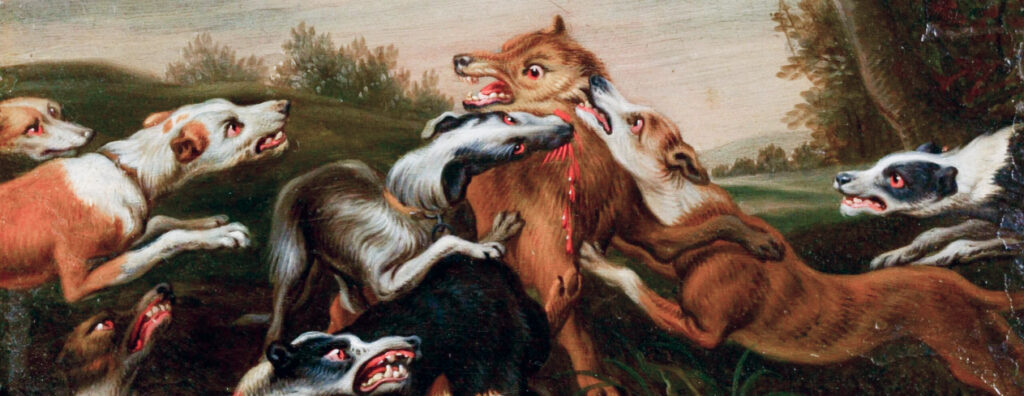
For many centuries, hunting was the main leisure activity of the Viennese aristocracy; the city was surrounded by thick gamy forests. Most of the Emperors, including Karl VI and Franz Stephan, were passionate hunters. The ladies of the court also appreciated it as a form of entertainment and many of them were experienced in huntsmanship, […]
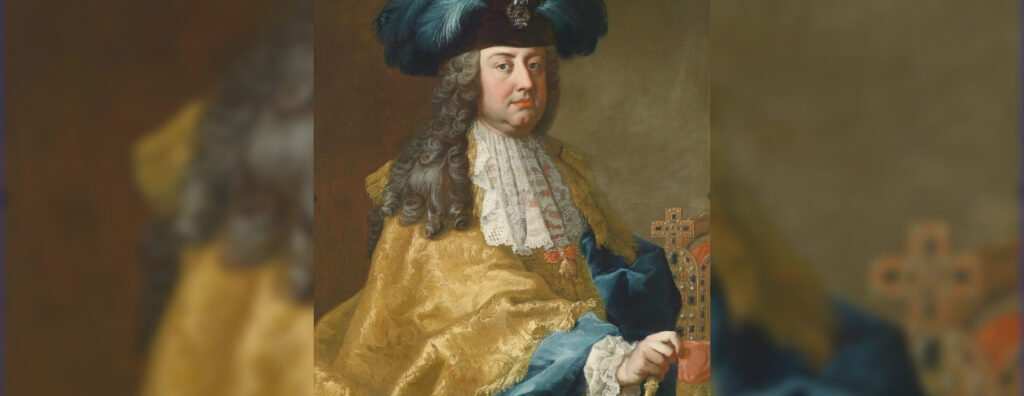
Another chapter in which the plot does not make any particular progress but highlights Marianne’s family connections in order to understand her background and motives. To her father, the Emperor, she bears great resemblance in both her appearance and personality. On the foundation of their shared interests and similar sense of humour, they developed a […]
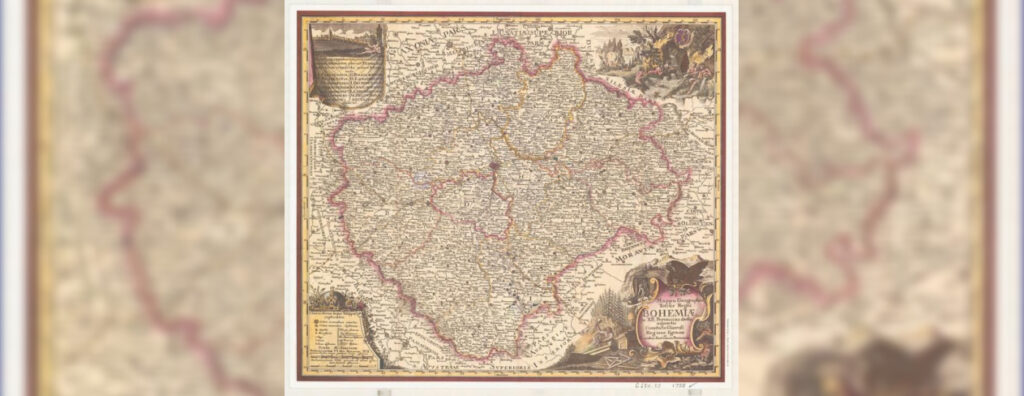
The Kingdom of Bohemia was one of the wealthiest and strategically important estates of the Habsburgs. During the religious unrest of the 16-17th century, Bohemia was strongly inclined towards Protestantism. The Emperors, remaining strictly Catholic, strongly supported the Counter-Reformation led by the Jesuits, although some religious freedom had to be granted to the reformed confession. […]
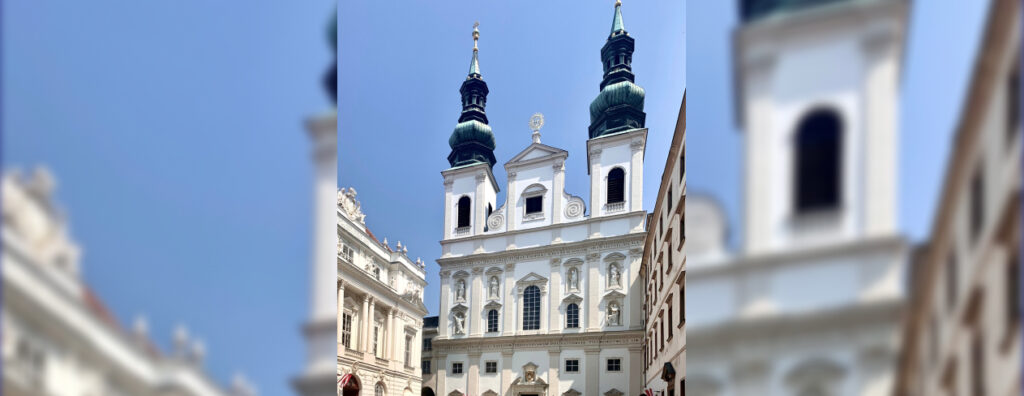
Despite being one of the central figures in the narrative, my knowledge of Father Franz (1712–1788) comes only from reference books. In 1748, he was appointed confessor for Marianne and Maria Christina. The House of Habsburg had traditionally close ties with the Jesuits who, among other functions, were responsible for the education of the Imperial […]
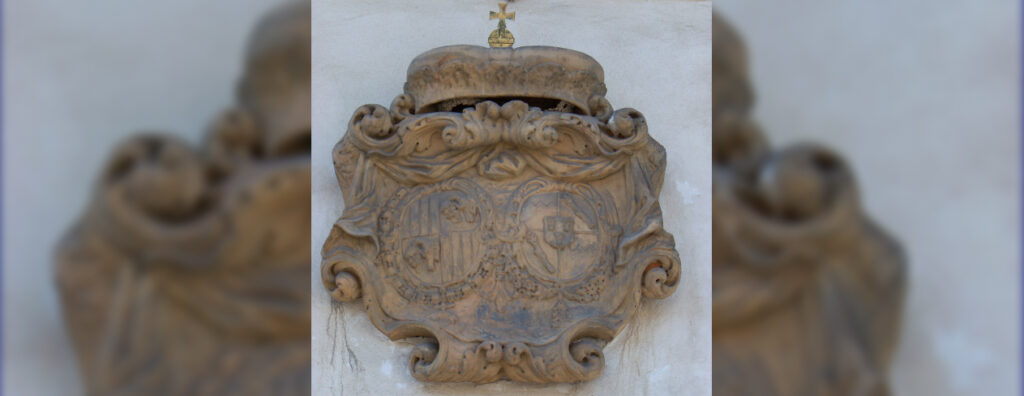
In spring 1757, in the contemporary history of the family, there were two Princesses of Schwarzenberg (both deceased) to refer to. To avoid potential misunderstanding, let’s review the persons involved one more time. At the time of the narrative, the Schwarzenberg family comprised the incumbent prince (born 1722, only indirectly presented in the narrative) and […]
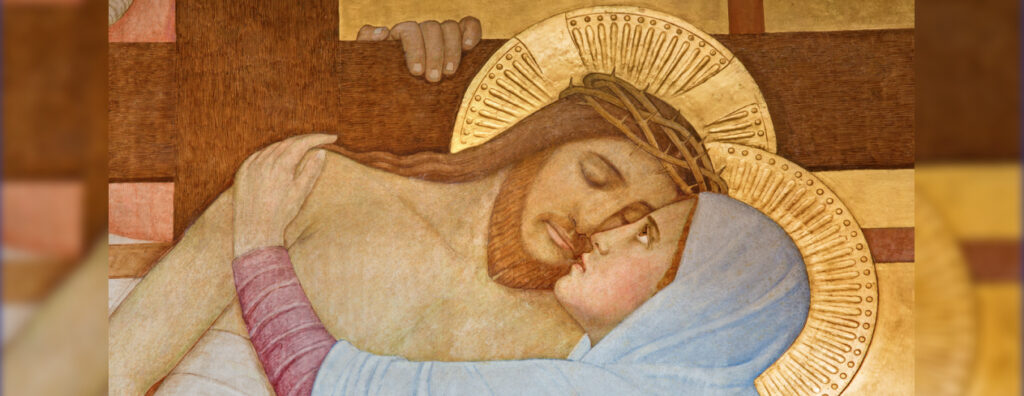
According to Count Khevenhüller (1706–1776), the Easter celebrations at court in 1757 were not particularly joyous. His famous diary offers a little amusing story: on Maundy Thursday, 7th April, Chancellor Kaunitz was late to the service and had to take part in the next one, standing right behind Khevenhüller’s chamberlain. This man, the Count says, […]
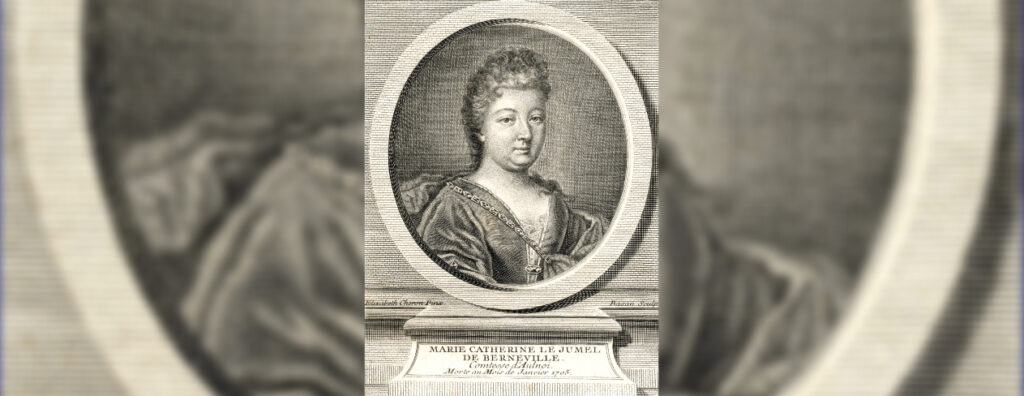
Fairy tales as an accepted writing style were born in the French salons held by educated aristocratic ladies in the 17th century. A true pioneer of the genre was Madame d’Aulnoy (1650-1712), a most remarkable and fruitful writer who published her fairy tale collections from the early 1690s and originated the term conte de fées. […]
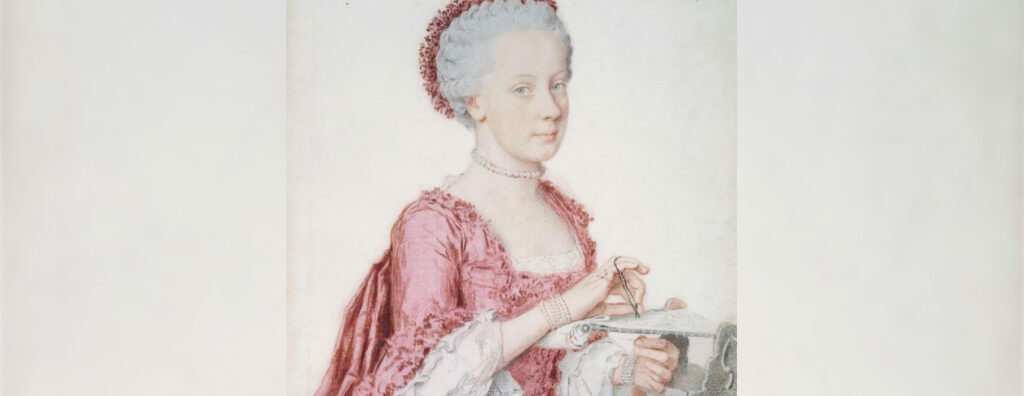
The sibling closest to Marianne was Amalia. Born in 1746, there was a remarkable difference in age between her and her elder and younger sisters and thus she was educated as an only child. Due to this, Amalia grew up somewhat lonely and withdrawn. Contrary to her siblings, she developed a great love of animals […]
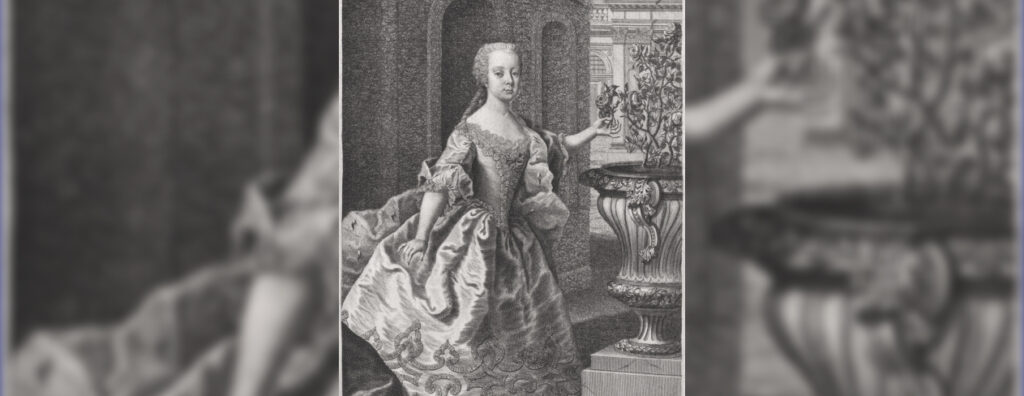
An aspiration to depict a historical personality in all their ambiguity and ambivalence is definitely a challenge, in the approach of which no method is too strange. After historical and artistic analyses, why not try an esoteric approach? So, I turned to numerology, learnt the basics and made the required calculations with Marianne’s date of […]
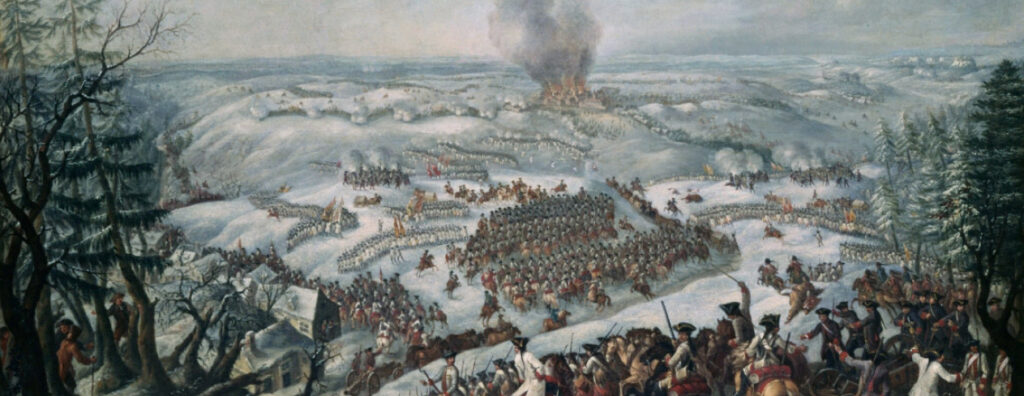
A struggle for the balance of power forms the distant background of the narrative. For decades, Austria had relied upon Britain and Russia as its allies, seeing France and Prussia as its main enemies. In the 1740s, Prussia’s approach to Britain initiated a sort of political domino effect. Urgently seeking a new powerful ally against […]










